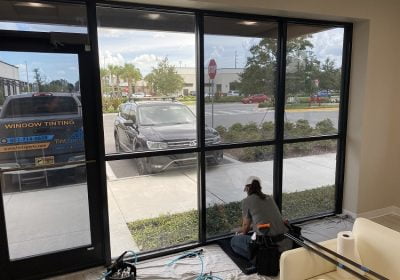
Maximizing the Usage of Industrial Stackable Storage Boxes
Stackable storage boxes are a versatile item that can optimize space and organization in countless industrial settings. Unlike cardboard boxes which have a short lifespan, heavy-duty plastic stackable boxes provide durable, long-term storage. Their ability to stack vertically and interlock for secure stacking makes them a go-to item for warehouses, factories, garages, farms, and more. Here is an overview of the varied uses of industrial-grade stackable storage boxes:
How to Maximize the Usage of Industrial Stackable Storage Boxes?
Warehouse Storage and Transport
Stackable plastic containers are ubiquitous in warehouses for both storing and transporting goods securely. Boxes stack vertically on shelves and pallets to fully utilize height. Their interlocking design prevents sliding or toppling during transport on forklifts and trucks. Most boxes feature hand slots on the sides for easy carrying. Warehouse operators can color code boxes or add labels for quick identification of contents. Stackable boxes protect delicate items and maintain organization through the shipping process.
Workshop and Garage Storage
In home or professional workshops and garages, stackable bins keep all the small components organized. This includes hardware like nuts, bolts, and screws. But also crafting supplies for hobbies or auto parts in a garage. The removable modular boxes make specific items easy to locate. They can also be transported around the workspace. Their durability withstands dust and debris common in these environments. Stackable toolboxes provide even more specialized storage.
Retail and Supermarket Use
In shops, stackable containers conveniently store goods not on shelves. Their standardized sizes allow creating orderly stacks. Most boxes feature grooved walls for inserting dividers to segment items within the container. For perishables like produce in supermarkets, slotted boxes allow airflow. Stackable designs maximize floorspace unlike random piles of cardboard boxes. They also enable easier stock rotation and FIFO inventory management.
Commercial Kitchens and Food Processing
Commercial kitchens benefit greatly from stackable storage to organize ingredients or food items. Plastic prevents moisture damage common with cardboard. Slotted versions maintain airflow to prevent mold. Interlocking stacks stay neatly in place in busy kitchens. Color coding helps kitchen staff quickly identify box contents. Stackable trays lend themselves to efficient drying after washing. For food processing and factories, plastic storage boxes provide hygienic storage of edibles.
Healthcare Facilities
In hospitals, clinics, and labs stackable storage efficiently organizes medical devices, consumables, or lab samples. The sterile plastic construction resists bacterial growth unlike cardboard. Interlocking design prevents dangerous tipping of hazardous bio-material. Color coding helps staff efficiently locate needed items. Some specialty medical storage boxes have sliding drawers for convenient access inside the unit. Portable stackable medicine or instrument trolleys can be transported between hospital departments.
From industrial warehouses to small workshops, stackable containers optimize storage footprint through efficient vertical space utilization. Their standardized sizing, durability, modularity, and transportability make them a versatile option across many industries and settings.


















